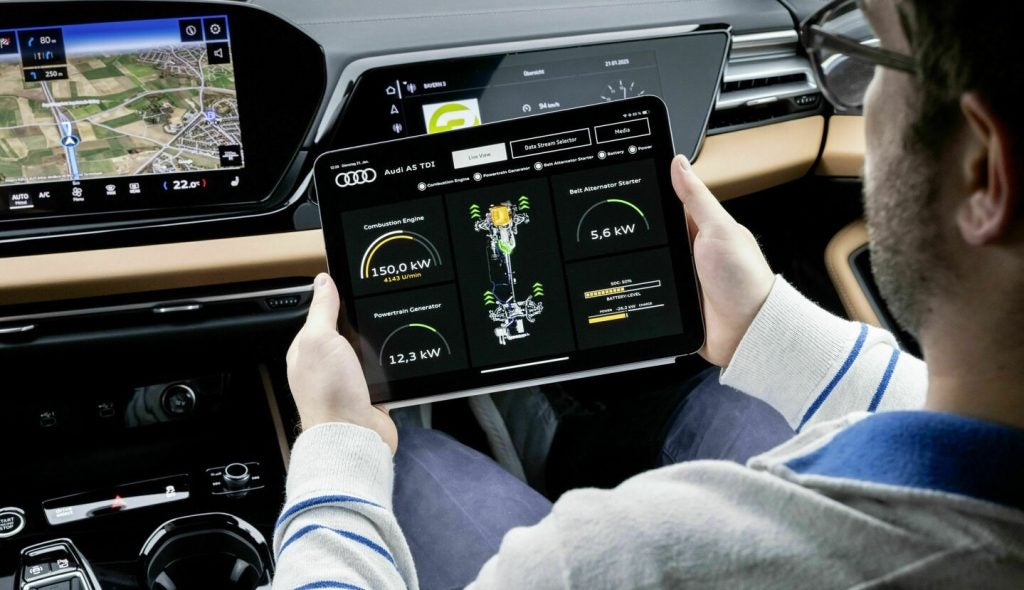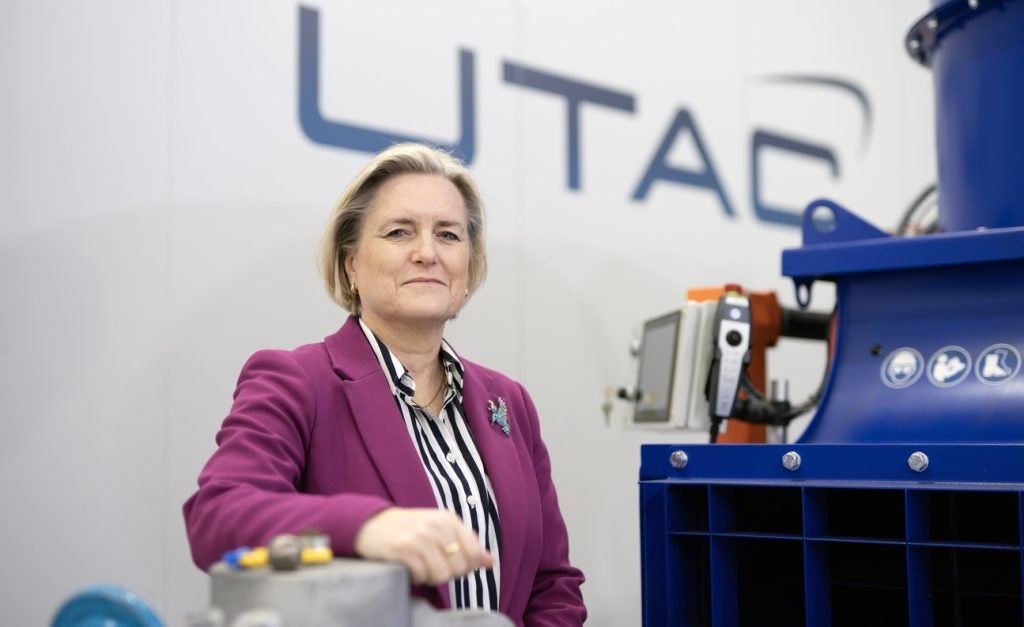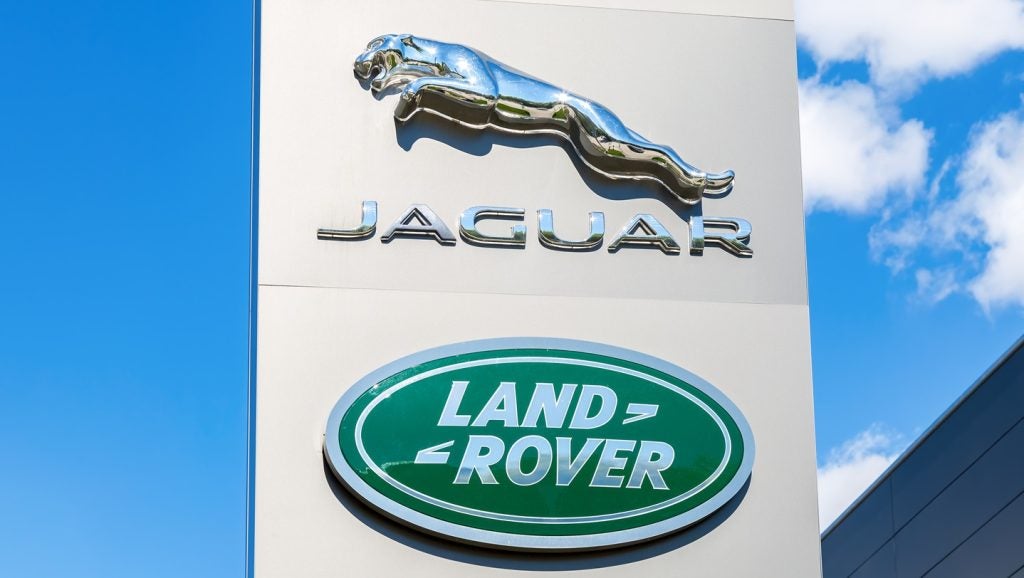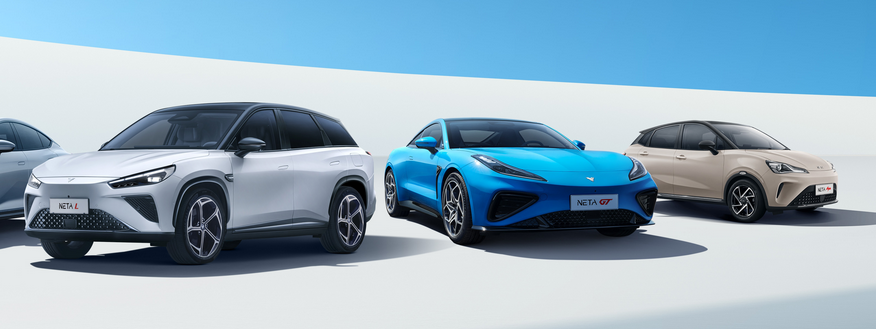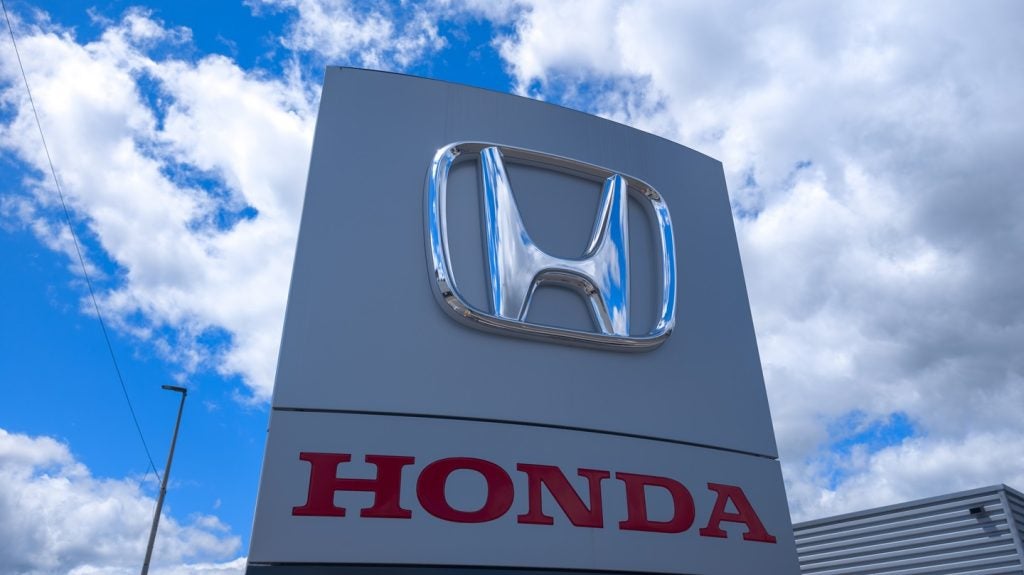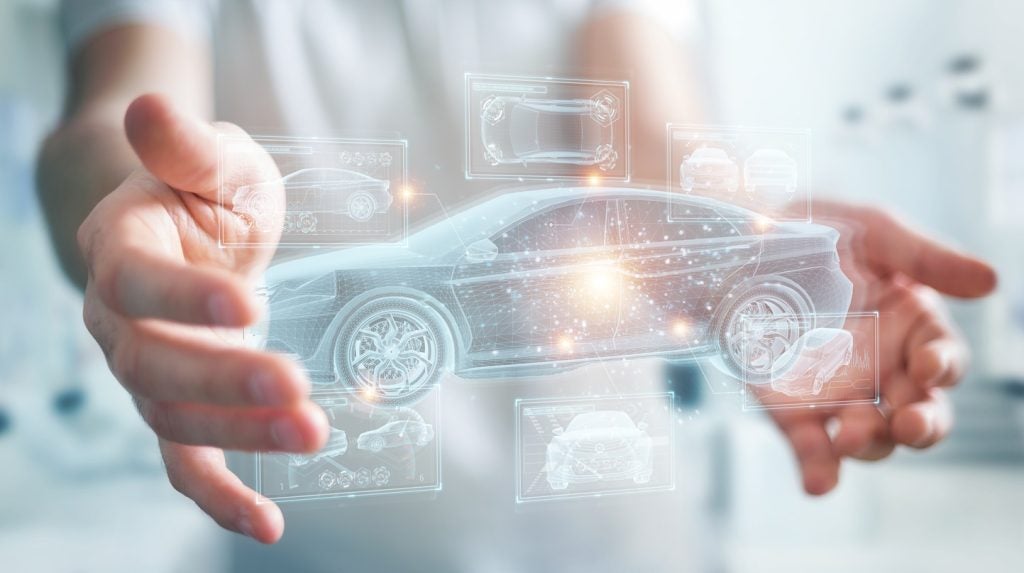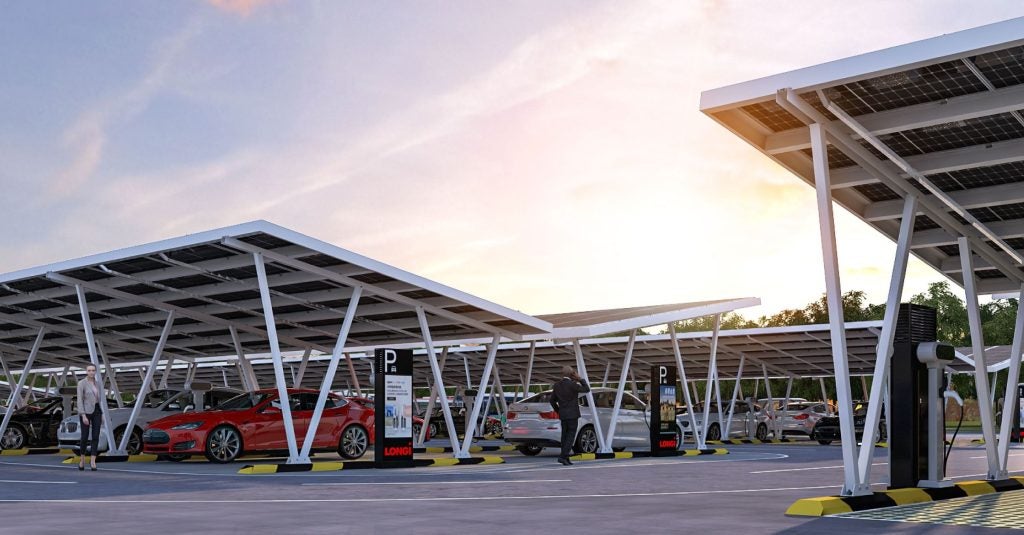Audi has launched its new MHEV plus hybrid technology with the latest A5 and Q5 models, marking the introduction of the company’s first combustion engines with this advanced system.
Built on the Premium Platform Combustion (PPC), the MHEV plus technology integrates a powertrain generator (PTG), belt alternator starter (BAS), and a lithium iron phosphate (LFP) battery, offering enhanced performance, reduced fuel consumption, and lower CO2 emissions.
The 48-volt mild hybrid system delivers improved driving dynamics through its interplay of components.
The PTG, a key element of the MHEV plus system, is capable of generating up to 18 kW (24 PS) of electrical power and providing 230 Nm of torque directly at the transmission output, improving the vehicle’s agility, especially during initial acceleration.
The PTG’s ability to be fully coupled or decoupled allows for electric driving at lower speeds and optimised efficiency at higher speeds, supporting the combustion engine and reducing fuel consumption.
The system allows for a variety of functions including electric boosting, energy recovery, and partially electric driving, which enhances comfort and performance.
The 48-volt system in the A5 and Q5 is designed with liquid-cooled components to ensure they operate within optimal conditions across varying temperatures, providing the necessary power and torque at all stages of operation.
Weighing around 21kg, the PTG operates with a ratio of 3.6:1, enabling it to function effectively in both front-wheel and all-wheel-drive vehicles without additional modifications.
Audi’s MHEV plus technology also offers significant improvements in driving comfort. The PTG ensures smoother starts and more responsive acceleration, particularly at low speeds, by providing up to 230 Nm of torque right from the moment the vehicle starts.
The system also allows for emissions-free coasting and energy recovery during deceleration, reducing the need for the use of mechanical brakes, which leads to less wear and improved efficiency.
The lithium-ion battery, constructed with lithium iron phosphate (LFP), is integrated into a low-temperature water-cooling circuit, ensuring optimal conditions for performance.
The battery offers a storage capacity of 37 ampere hours, or approximately 1.7 kWh, with a maximum discharge power of 24 kW.
Audi’s integrated brake control system (iBRS) plays a crucial role in energy recovery, allowing the vehicle to decelerate using regenerative braking without engaging the friction brakes.
The software adjusts power levels, battery charge state, and driving mode to ensure the vehicle operates with the best possible balance between energy efficiency and performance.
This hybrid technology, while not available in the US market due to different customer needs, represents Audi’s push toward higher levels of electrification and enhanced efficiency.
The MHEV plus system is expected to offer greater fuel economy and driving comfort, making it an appealing option for customers in regions where hybrid technology is in high demand.


